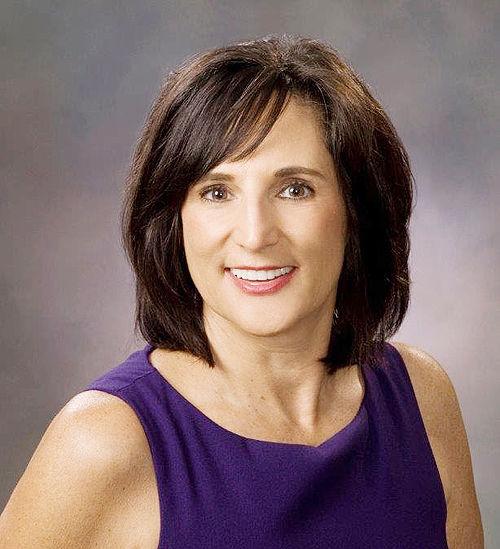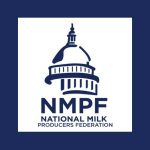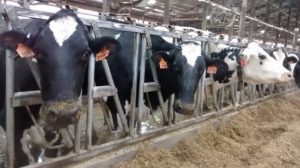
Some dairy farmers have lost millions of dollars and weren’t able to utilize risk-management tools, Laurie Fischer, the coalition’s CEO, told Capital Press.
Fischer said the culprit is negative PPDs — producer price differentials — that show up as deductions on milk checks for most farmers participating in the Federal Milk Marketing Order system.
Federal order milk pools include milk for different utilizations — Classe I, II, III and IV. Four of the federal orders pay producers on a weighted average based on the four classes. But seven of the orders pay based on components, such as butterfat and protein, and pay all milk at the Class III price.
Usually, the pool has more money in it than the total Class III payments and producers receive a positive PPD. But when Class III prices skyrocketed during the pandemic and Class III processors pulled out of the pool, there wasn’t enough money in the pool to pay the Class III price on all milk in the pool.
Handlers had to take away a producer’s price differential from the Class III payments, resulting in a negative PPD.
Negative PPDs in some orders were as high as $8 per hundredweight, and producers could see negative PPDs through the rest of the year, Fischer said.
“Seventy percent of farms were impacted at different levels,” she said.
And farmers who purchased risk-management tools were unable to use them because the programs are based on milk prices and not necessarily on what producers actually receive, she said.
For instance, a producer might have insurance for $16 per hundredweight on his milk. The processors pay price might be $16, but the producer only received $10 if he had a negative PPD of $6.
Based on USDA data, the coalition estimates there has already been a $2.7 billion shortfall in federal order milk pools.
The industry needs to get together and find long-term and short-term solutions, she said.
To that end, the coalition is asking National Milk Producers Federation and International Dairy Foods Association for a seat at the table for a more balanced voice of dairy farmers.
Both are large lobbying groups and well respected. But National Milk represents farmer cooperatives, and the Dairy Foods Association represents processors. She’s hearing from farmers all over the country who don’t feel their voices are being heard, she said.
“We believe an expedited federal order hearing should be requested immediately, along with an immediate solution to address the negative PPDs that are being passed onto farmers,” the coalition stated in a letter to the two groups.
The issue is two-fold — a change to the pricing of Class I fluid milk implemented in May of 2019 and the depooling of higher value milk.
The change in Class I pricing is in how the Class I price mover is calculated. The mover sets the base Class I price to which a location differential is added. Beginning in January 2000, the Class I mover was the “higher of” the advanced price for Class III (milk for cheese) and Class IV (milk for powder and butter).
That was changed in the 2018 Farm Bill to the average of Class III and Class IV plus 74 cents per hundredweight, which reflected the average difference of Class III and Class IV and the higher of the two.
Class III prices skyrocketed in the pandemic — due mostly to government cheese purchases — and rose well above Class I under the current mover.
In seven of the 11 federal orders, all milk pooled — no matter its utilization — is paid the Class III price for components, such as butterfat and protein. With the high Class III prices, that took more money than was in the pool in those orders and producers saw negative PPDs on their milk check.
Only Class I milk is required to be pooled, and many Class III processors opted out of the pool rather than pay the elevated regulated price. So that high-value milk was no longer contributing to the pool.























